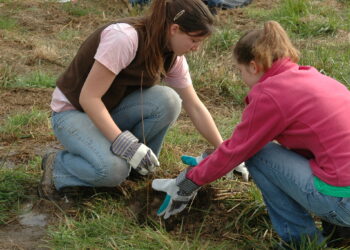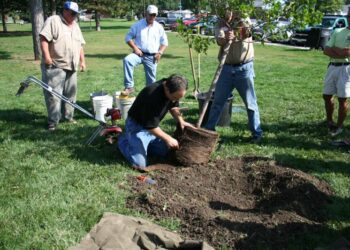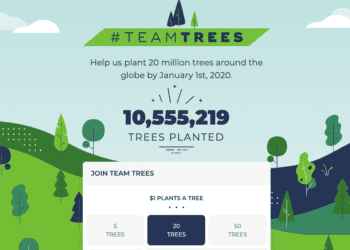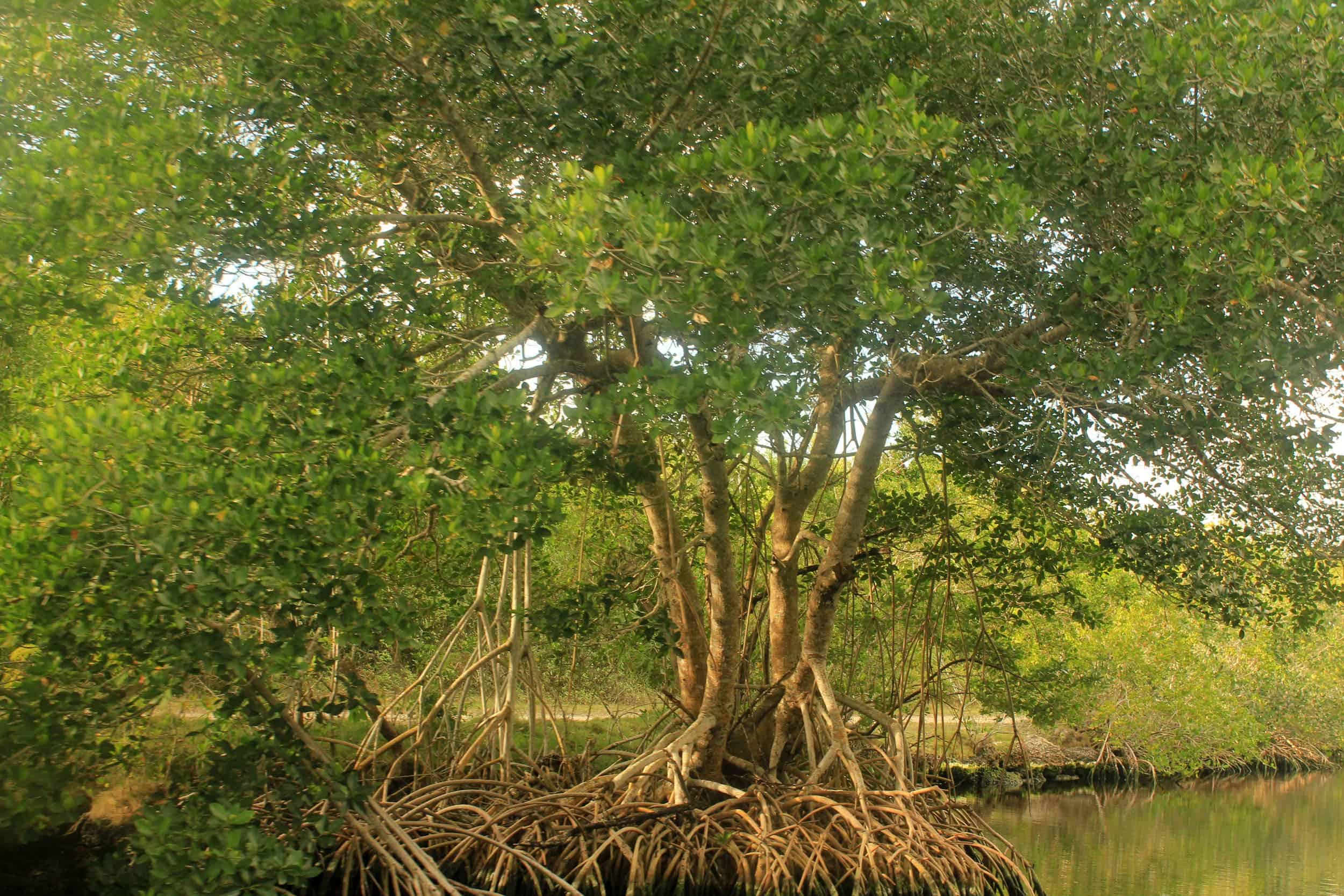A group of UK scientists has set out ten “golden rules” for reforestation, in response to some counterproductive large-scale tree-planting schemes. The list shows how forests can be restored with the triple benefit of maximizing carbon capture, recovering ecosystems, and helping people’s livelihoods.
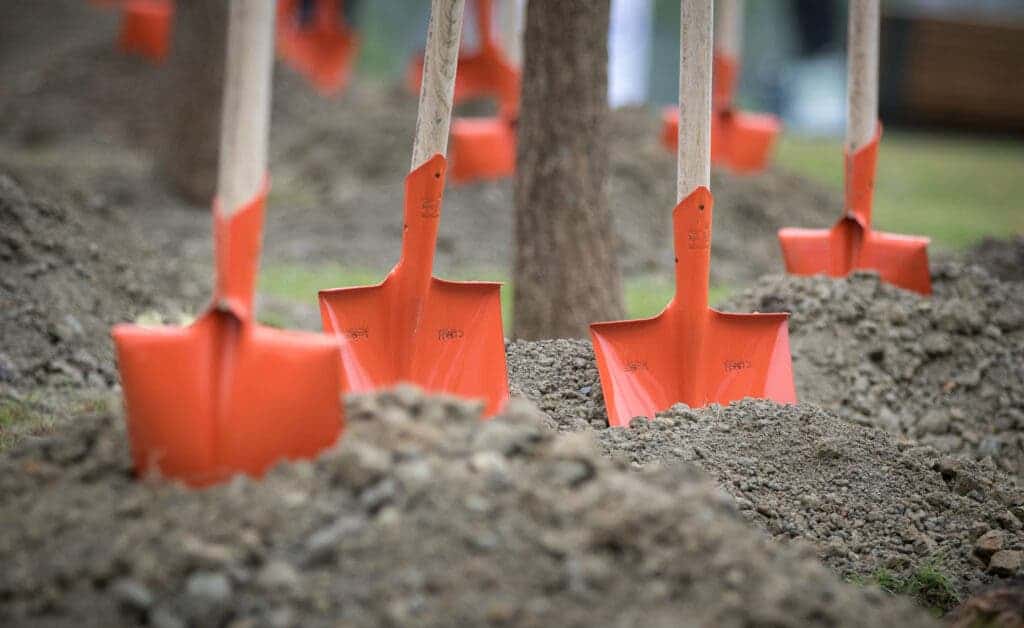
The idea of planting trees as a low cost and high impact solution to climate change increasingly pops up as a an aid against climate change. Previous studies have highlighted the potential of trees to soak up and store carbon, with countries like the US and the UK starting massive tree-planting campaigns as part of their climate change plans. But it’s not that simple.
There are many tree-planting initiatives underway across the globe, all of which aim to capture carbon to compensate for the huge carbon dioxide emissions that are a major cause of rising global temperatures. But in some cases they don’t actually increase carbon capture and instead have negative consequences, the researchers found.
Kate Hardwick, the lead author of the paper, said in a statement: “When people plant the wrong trees in the wrong place, it can cause considerably more damage than benefits, failing to help people or nature. Our paper sets out to look at these issues and create a framework for people, businesses and policymakers to use for future reforestation.”
The researchers found that most tree-planting projects are falling short of delivering on the three key objectives of carbon sequestration, biodiversity recovery, and sustainable livelihoods. They have set unrealistically high targets and could end up having unforeseen negative consequences, even making the entire project counterproductive.
Potential problems include displacement of native biodiversity, increases in invasive species, a reduction in pollinator services, and a reduction in croplands and thus food production. These negative outcomes are linked to the extensive use of exotic monoculture plantation, instead of using a mix of native tree species, which would be healthier for the local environment
One example mentioned in the study is in South Africa. Non-native Australian acacias were introduced to stabilize dunes and for timber during the 19th and 20th centuries. But they became invasive and spread widely across vast areas of land. Eventually they took over the natural heathlands and grasslands and lowered the water table.
Professor Alexandre Antonelli, a senior author of the paper, said in a statement: “Our paper doesn’t set out to say that tree planting is wrong, it is a brilliant solution to tackle global warming and protect biodiversity, when done correctly and effectively. Instead, we want our paper to challenge the way we currently plant trees.”
The ten golden rules seek for new and restored areas of forest to become long-term carbon sinks that also stop the loss of forest biodiversity and support the livelihoods of local people. The rules cover all stages of the reforestation process, from selecting the right site and the right species to using the forest to generate a sustainable income for local people.
- Protect existing forests first. Put local people at the heart of tree-planting projects. Before planning reforestation, always look for ways to protect existing forests, including old‐ and second‐growth, degraded, and planted forests.
- Work together. For successful outcomes in both forest protection and reforestation, it is vital to include local communities from the planning stage through to delivery and monitoring.
- Aim to maximize biodiversity recovery to meet multiple goals. Rather than being an end goal in itself, reforestation is a means to achieving various goals, typically climate‐change mitigation, biodiversity conservation, socio‐economic benefits (including food security), soil and hydrological stability, and other ecosystem services.
- Select appropriate areas for reforestation. Global decisions on which area to reforest should address key criteria such as avoiding previously non-forested lands, connecting reforested sites to the existing forests to expand the forested area where possible, and being aware of displacing activities that could cause deforestation elsewhere.
- Use natural regeneration whenever possible. Natural regeneration, the process of natural forest regrowth that occurs spontaneously after the land is abandoned, can be cheaper and more efficient than tree planting if landscape conditions are suitable.
- Select species to maximize biodiversity. Maximizing biodiversity depends not only on the number of species reintroduced but also on the functions they perform. The study suggests prioritizing trees that provide mutualistic interactions.
- Use resilient plant material. To ensure the survival and resilience of a planted forest, it is vital to use material with appropriate levels of genetic diversity, consistent with local or regional genetic variation.
- Plan ahead for infrastructure, capacity, and seed supply. For projects involving tree planting or direct seeding, appropriate infrastructure and seed supply systems are essential. Decisions should be made at least a year in advance on whether to source seeds and produce seedlings in‐house, subcontract these tasks, or purchase plant material from external suppliers.
- Learn by doing. Planning decisions should be made by combining both scientific and indigenous knowledge. Traditional knowledge, acquired over many generations by people who have lived close to the forest, is particularly useful.
- Make it pay. Income generation by selling forest products from livelihood forests is easily achieved, whereas marketing environmental services from existing and restored native forests are more difficult, particularly in protected areas.
The study was published in the journal Global Change Biology.
